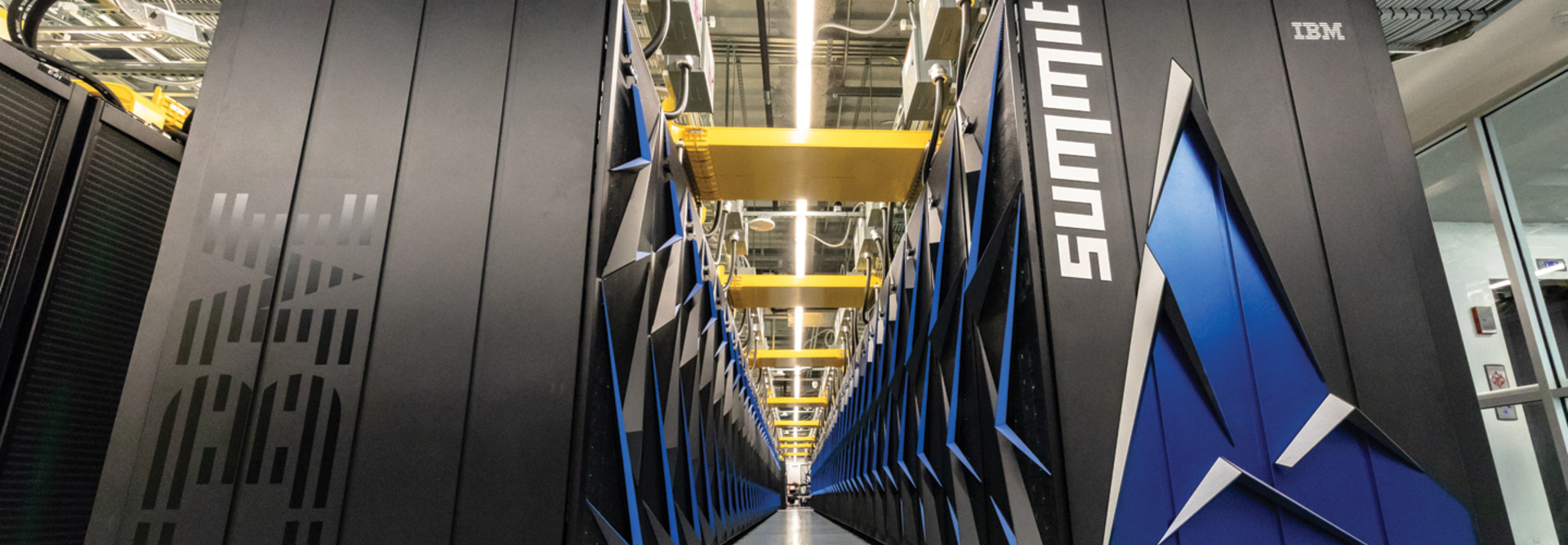Oak Ridge Deploys Powerful Supercomputers
Supercomputers have capabilities that are orders of magnitude greater than those of typical computers, according to Bronson Messer, director of science at the Oak Ridge Leadership Computing Facility.
“We’re responsible for providing computational resources that are about 100 times greater than what’s otherwise available, either commercially or with the government,” he says.
Supercomputers represent the leading edge of computational technology, and many of the technologies available in supercomputers eventually become consumer products, says Justin Whitt, program director of the Oak Ridge Leadership Computing Facility.
ORNL’s first foray into the list of the top 500 supercomputers in the world came in 1995 with the deployment of an Intel Paragon, Messer says. Since then, the lab has been steadily deploying more advanced and powerful supercomputers. The Summit supercomputer at Oak Ridge, the second-fastest in the world as of now, is capable of 200 quadrillion calculations per second.
“What’s special about it is the network that ties it together,” Messer adds. “Summit has a lot more in common with things like the Large Hadron Collider and the Hubble Space Telescope. It’s a unique scientific instrument.”













